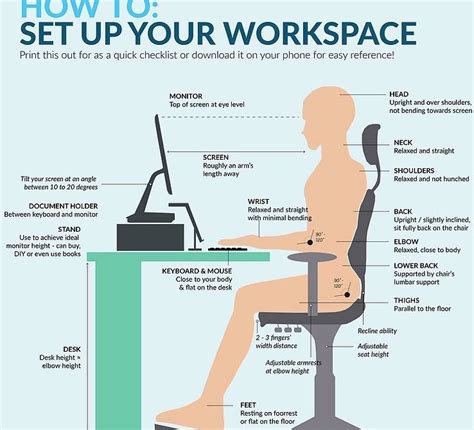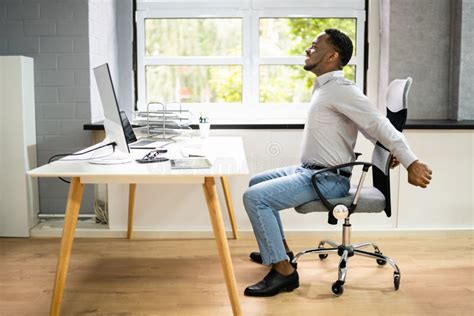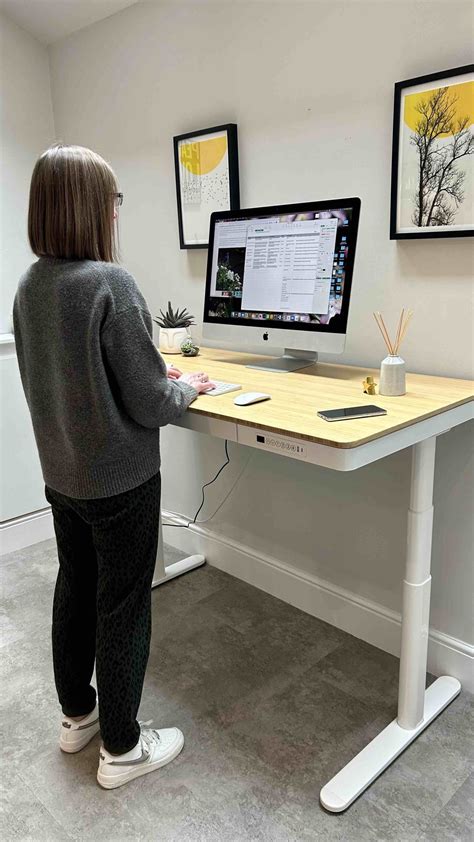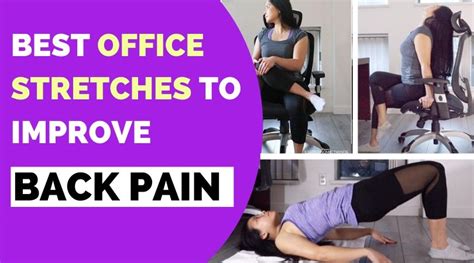The Hidden Culprit: Your Desk and Your Back
Many of us spend countless hours tethered to our desks, often without realizing the silent toll it takes on our bodies. Back pain, neck stiffness, and even headaches can frequently be traced back to poor desk posture. The good news is that with a few conscious adjustments and a commitment to ergonomic principles, you can dramatically improve your spinal health and prevent discomfort. It’s not just about sitting up straight; it’s about creating an environment that supports your body’s natural alignment.
Understanding Ergonomics: Your Body’s Best Friend
Ergonomics is the science of designing and arranging things people use so that the people and things interact most efficiently and safely. When applied to your desk setup, it means creating a workstation that minimizes strain and maximizes comfort. This involves everything from your chair to your monitor to how you position your hands on the keyboard. A truly ergonomic setup works with your body, not against it.

Mastering Your Sitting Posture
Achieving optimal desk posture begins with how you sit. Here are the core principles:
- Feet Flat on the Floor: Your feet should be flat on the floor or on a footrest, with your knees at roughly a 90-degree angle. Avoid crossing your legs.
- Lumbar Support: Your lower back should be supported by the backrest of your chair. If your chair doesn’t have good lumbar support, use a small cushion or rolled-up towel.
- Shoulders Relaxed: Keep your shoulders relaxed and pulled slightly back, avoiding hunching forward.
- Elbows at 90 Degrees: Your forearms should be parallel to the floor, and your elbows should be bent at about a 90-degree angle, close to your body.
- Head and Neck Alignment: Your head should be balanced directly over your spine, with your ears aligned over your shoulders. Avoid craning your neck forward.
Optimizing Your Workstation Setup
The Chair: Your Foundation
An adjustable ergonomic chair is a worthwhile investment. Ensure it has adjustable height, backrest tilt, and lumbar support. Adjust the chair so your feet are flat and your thighs are parallel to the floor. The backrest should support the natural curve of your spine.

Monitor Placement: Eye-Level is Key
Your monitor should be positioned directly in front of you, about an arm’s length away. The top of the screen should be at or slightly below eye level. This prevents you from craning your neck up or down, which can strain your neck and upper back. If you use multiple monitors, ensure your primary screen is centered.
Keyboard and Mouse: Keeping Them Close
Position your keyboard directly in front of you, centered with your body. Your mouse should be easily accessible, close to the keyboard. Avoid reaching excessively, as this can strain your shoulders and wrists. Consider ergonomic keyboards and mice that promote a more natural hand and wrist position.

The Importance of Movement and Breaks
Even with the most perfect ergonomic setup, prolonged static posture is detrimental. Our bodies are designed to move. Incorporate regular breaks into your workday:
- Stand Up and Stretch: Every 30-60 minutes, stand up, walk around, and perform some gentle stretches.
- Eye Breaks: Follow the 20-20-20 rule: every 20 minutes, look at something 20 feet away for at least 20 seconds.
- Micro-Breaks: Shift your position frequently, even if it’s just leaning back in your chair or adjusting your weight.
Simple desk stretches can also make a huge difference, targeting your neck, shoulders, upper back, and lower back.

Standing Desks and Active Sitting
For some, incorporating a standing desk can be a game-changer, allowing you to alternate between sitting and standing throughout the day. If you use a standing desk, ensure your monitor, keyboard, and mouse are still at the correct ergonomic heights. Active sitting solutions, like stability ball chairs or wobble stools, can also encourage micro-movements and engage core muscles, but should be used with caution and not for prolonged periods without proper support.
Conclusion: A Proactive Approach to Back Health
Improving your desk posture isn’t just about avoiding back pain; it’s about investing in your long-term health and productivity. By understanding and implementing ergonomic principles, optimizing your workstation, and committing to regular movement, you can transform your desk into a hub of comfort and efficiency, free from the persistent ache of poor posture. Make these changes today, and your back will thank you tomorrow.





